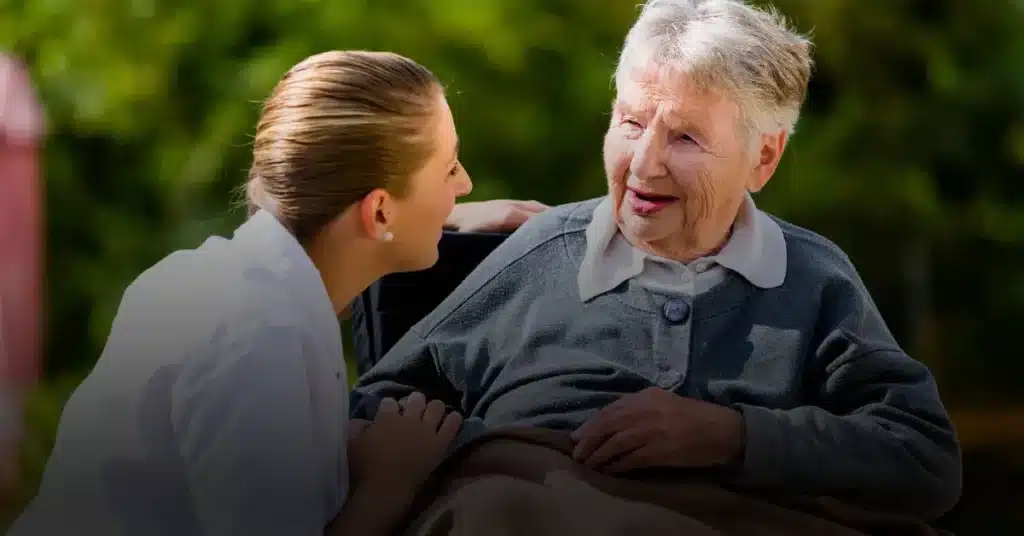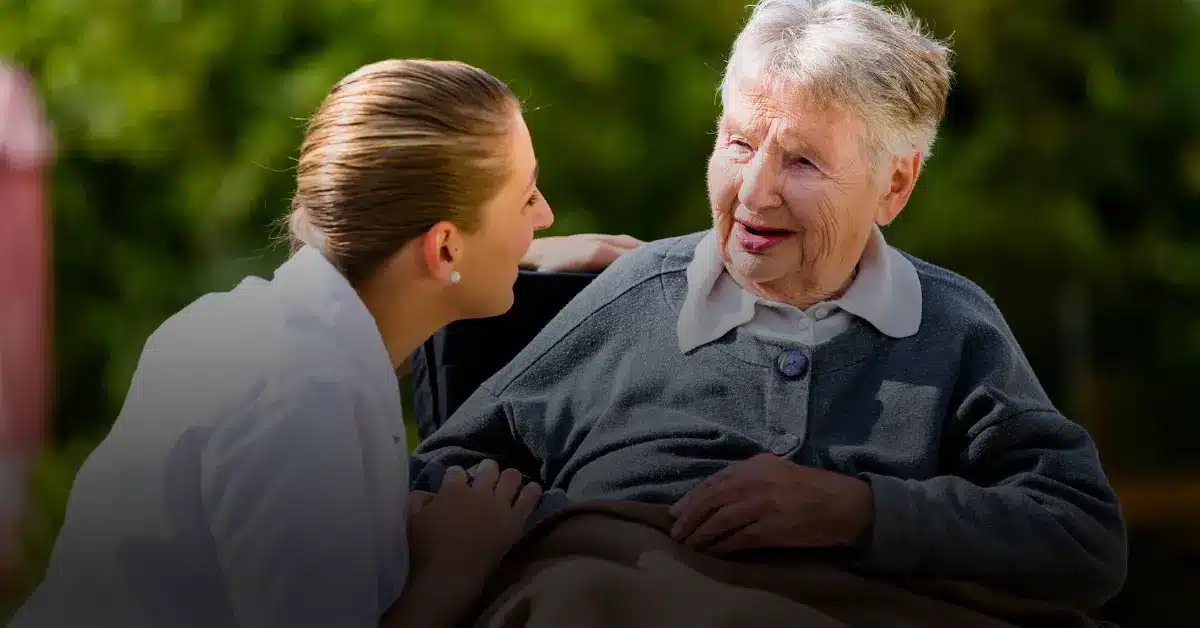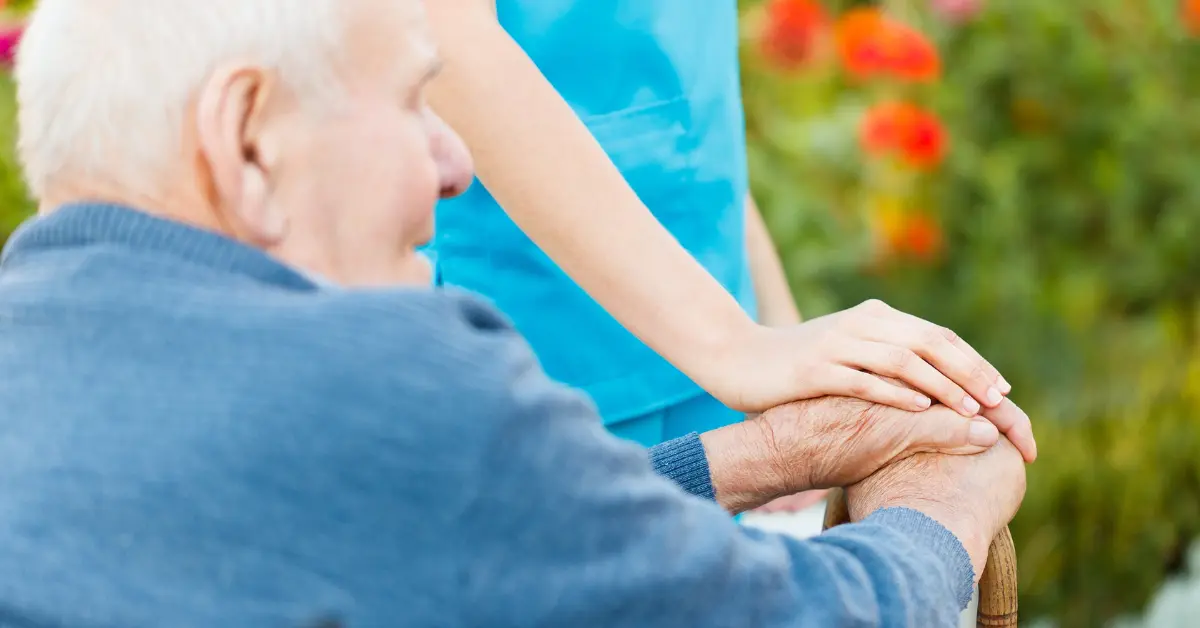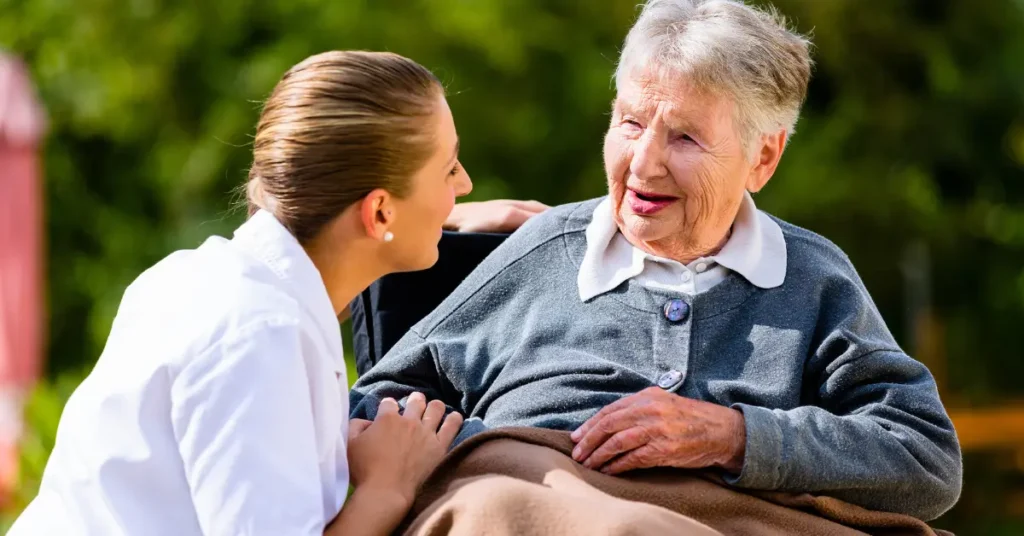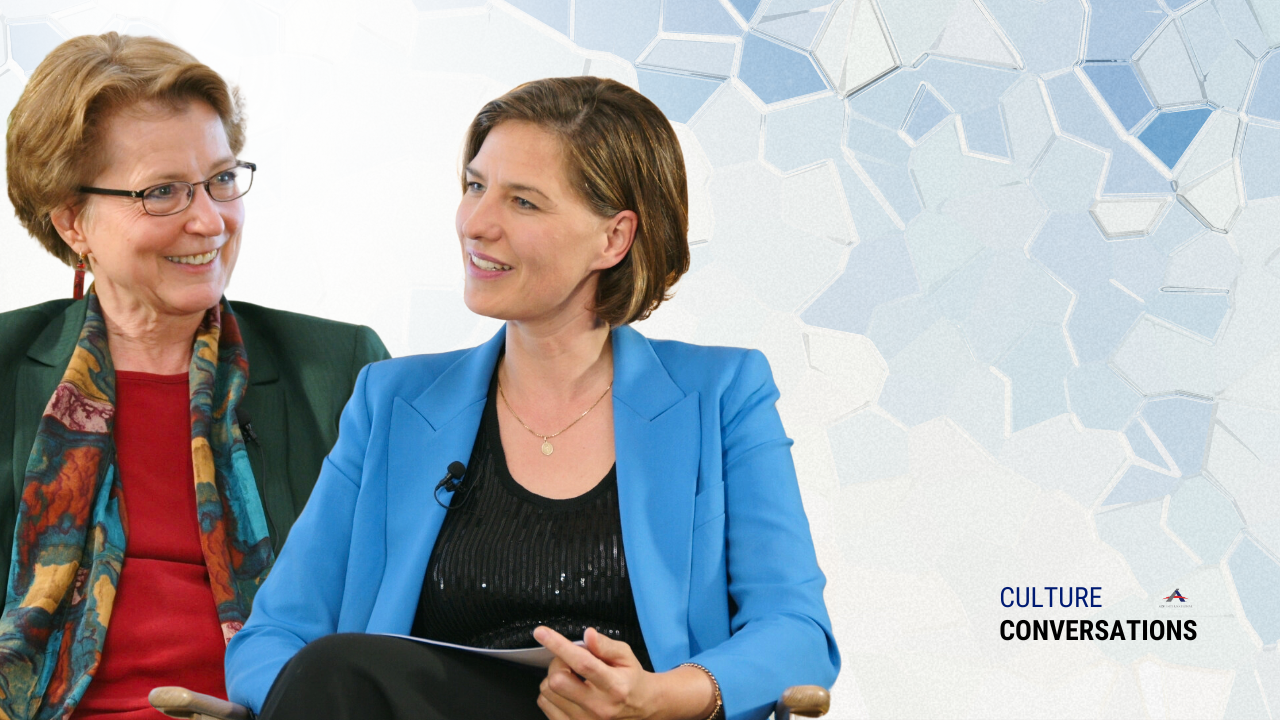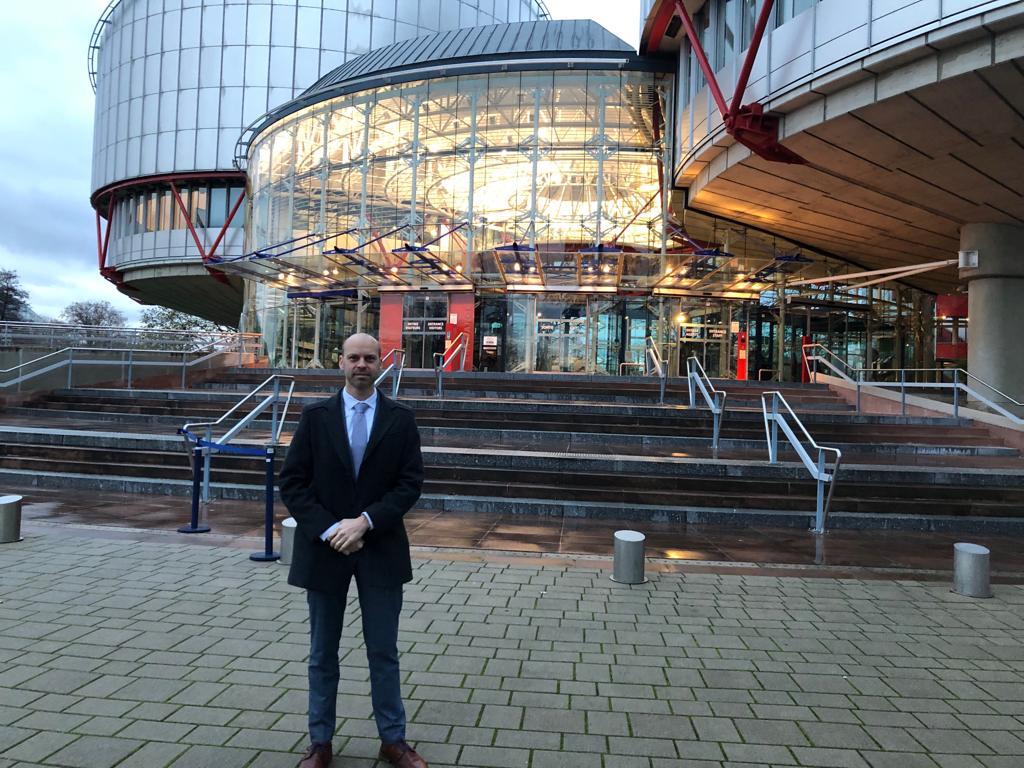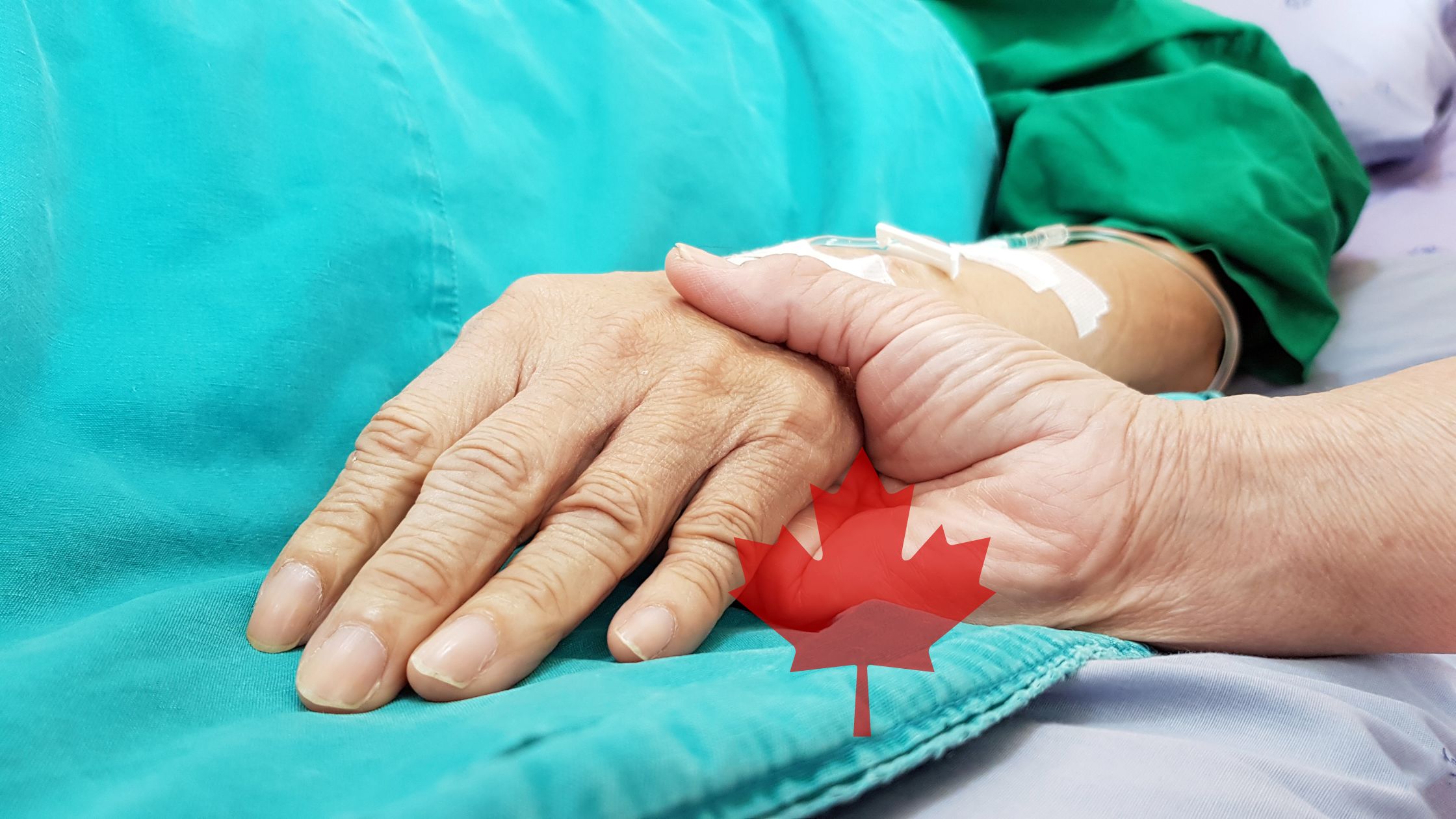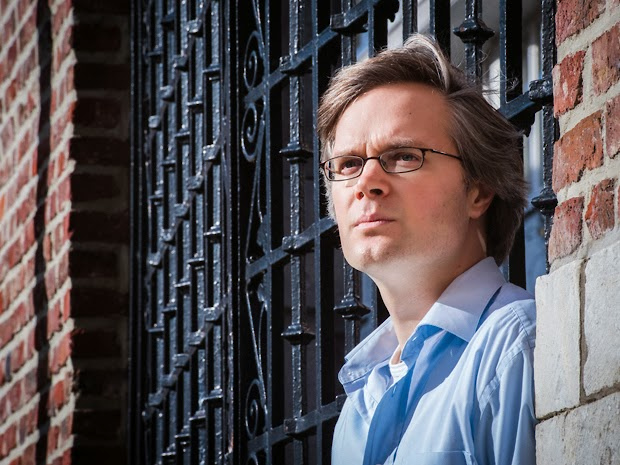In its decision, the Court affirmed that prohibition of assisted suicide is in line with the country’s obligations under international law to protect life. Additionally, as the court pointed out, “the majority of the Council of Europe’s member States continue to prohibit” euthanasia and related practices (§ 165).
“We applaud today’s decision by the European Court of Human Rights, which upholds Hungary’s essential human rights protections. Although we deeply empathize with Mr. Karsai’s condition and support his right to receive the best care and relief possible, it is clear from other jurisdictions that a right to die quickly becomes a duty to die. Instead of abandoning our most vulnerable citizens, society should do all it can to provide the best standards of care,” said Jean-Paul Van De Walle, Legal Counsel for ADF International.
ADF International, along with UK-based NGO Care Not Killing, intervened in the case of Karsai v. Hungary, arguing that Hungary’s legal prohibition on assisted suicide must be upheld in line with the obligation under the European Convention on Human Rights (Article 2) to protect the right to life.
Court: States are not required “to provide access” to assisted suicide
In its submission to the Court, ADF International highlighted the inevitable abuses that ensue when legal protections for the right to life are eradicated. The brief explained: “Removing such provisions from law creates a dangerous scenario where pressure is placed on vulnerable people to end their lives in fear (whether or not justified) of being a burden upon relatives, carers, or a state that is short of resources.”
The court held, as submitted by ADF International, that there is “no basis for concluding that the member States are thereby advised, let alone required, to provide access” to assisted suicide. (§ 143)
Seeking to legalize assisted suicide
Karsai, 46, wished to resort to assisted suicide before his physical condition further deteriorates. Hungary protects the lives of its citizens, including the vulnerable, by criminalizing the act of assisting somebody to end their life, whether the act is committed in Hungary or abroad. Mr. Karsai maintained that if he were to pursue assisted suicide outside of Hungary, the Hungarian Criminal Code would apply to anyone assisting him.
The ruling in Karsai v. Hungary confirms the 2002 decision made by the ECHR in Pretty v. UK, which involved a woman with ALS. Back then, the Court similarly ruled that the British ban on assisted suicide did not violate the Convention and was designed to prevent abuse of the vulnerable.
In today’s decision, the Court noted that “it is part of the human condition that medical science will probably never be capable of eliminating all aspects of the suffering of individuals who are terminally ill” (§ 158). However, it emphasized that “this heightened state of vulnerability warrants a fundamentally humane approach by the authorities to the management of these situations, an approach which must necessarily include palliative care that is guided by compassion and high medical standards” (ibid.).
Legalisation leads to abuses
“Worldwide, only a tiny minority of countries allow assisted suicide. Wherever the practice is allowed, legal ‘safeguards’ are insufficient to prevent abuses, proving most harmful to vulnerable members of society, including the elderly, the disabled, and those suffering from mental illness or depression. Suicide is something society rightly considers a tragedy to be prevented and the same must apply to assisted suicide. Care, not killing must be the goal we all strive towards,” Van De Walle explained.
ADF International argued in its brief that there is no so-called “right to die” but, in fact, a clear right to life. This position, in line with both European and international human rights law, underscores the dangers that would ensue from forcing Hungary to allow assisted suicide, highlighting that the intentional taking of human life can never be safe.
The European Court of Human Rights also recognised these dangers in the October 2022 ruling in Mortier v. Belgium, in which the the Court found that Belgium violated the right to life in the circumstances surrounding the euthanasia of Godelieva De Troyer.
As argued in ADF International’s intervention: “Despite alleged ‘safeguards’ and a ‘strict’ legal framework, young adults are euthanised because of ‘incurable depression,’ elderly people because of symptoms related to ageing, prisoners because of lack of access to appropriate mental health care or because of psychological suffering, twins because of becoming blind – to mention only some examples, among many others.”
Euthanasia and assisted suicide widely prohibited and rejected as “unethical”
Of the 46 Member States of the Council of Europe, only six have legalized assisted suicide. Legislators in the vast majority of countries have rejected the practice. The World Medical Association consistently and categorically has rejected the practice of euthanasia and assisted suicide as unethical. Countries that have legalized euthanasia now allow the intentional killing of children, those who are physically healthy, and those who have not given their consent.
In Resolution 1859 (2012), the Parliamentary Assembly of the Council of Europe stated unequivocally that: “Euthanasia, in the sense of the intentional killing by act or omission of a dependent human being for his or her alleged benefit, must always be prohibited.”
“Once we as a society open the doors to intentional killing, there is no logical stopping point. How do we distinguish between the person we talk down from the bridge and the person we let die at the hands of their doctor? The state is obligated to protect the fundamental value of human life. We should not set in motion legal changes that undermine this obligation to the detriment of all of society,” noted Van De Walle.
